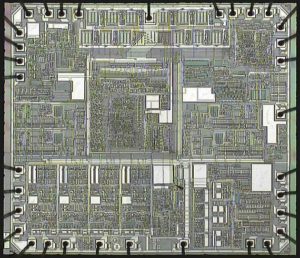 Crack IC Flash
Crack IC Flash
Crack IC Flash memory and extract the content inside flash memory, the program can be reprogramme to new MCU which can provide the same functions as originals;

Crack IC Flash memory and extract the content inside flash memory, the program can be reprogramme to new MCU which can provide the same functions as originals
‘Brute force’ has different meanings for cryptography and semiconductor hardware. A brute force MCU breaking would be defined as the methodical application of a large set of trials for a key to the system. This is usually done with a computer or an array of FPGAs delivering patterns at high speed and looking for success.
One example could be the password protection scheme used in microcontrollers, such as the Texas Instruments MSP430 family. The password itself is 32 bytes (256 bits) long which is more than enough to withstand direct brute force ic decode. But the password is allocated at the same memory addresses as the CPU interrupt vectors.
That, firstly, reduces the area of search as the vectors always point to even addresses within memory. Secondly, when the software gets updated, only a small part of the password is changed because most of the interrupt subroutines pointed to by the vectors are very likely to stay at the same addresses. As a result, if the ic breaker knows one of the previous passwords he could easily do a systematic search and find the correct password in a reasonable time.